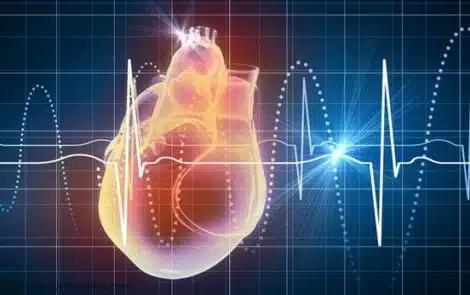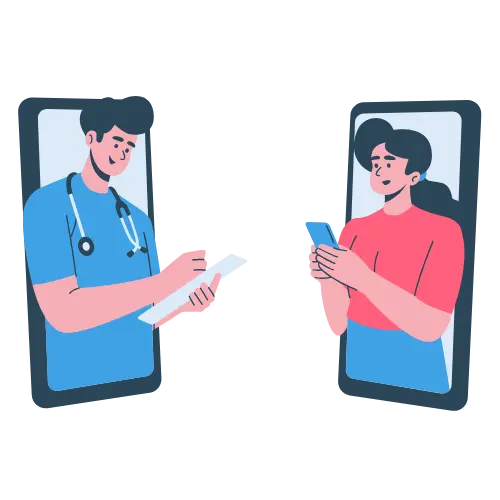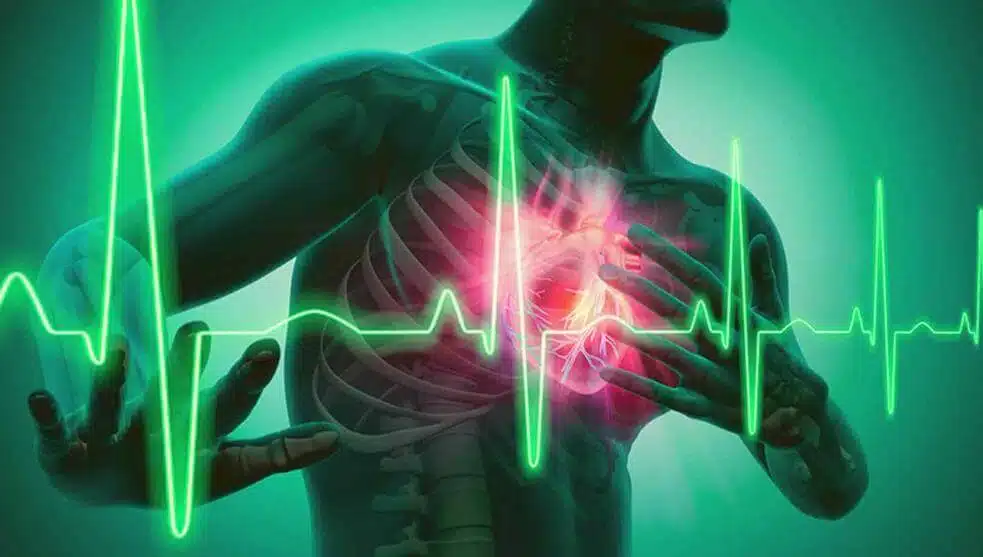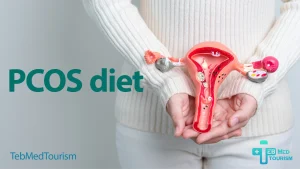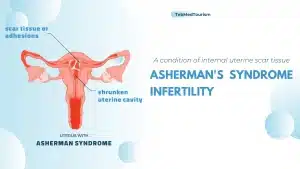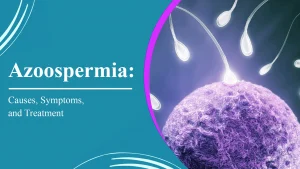Heart Arrhythmia is a condition in which the heartbeats are faster or slower than the normal rhythm. This condition can damage the heart or lungs and cause serious problems for the patients. Heart arrhythmia can be treated by heart rate regulator medicines. But, in case of moderate or severe cases, other treatments will be required. EPS ablation is a type of heart arrhythmia treatment that destroys the cardiac cells that cause arrhythmia.
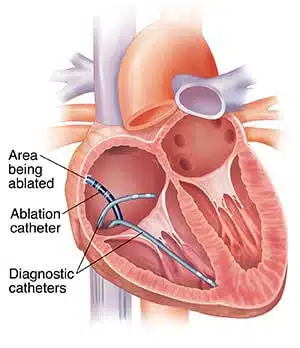
Everything about heart arrhythmia
Arrhythmia is a problem in the heart that interferes with normal rhythm or normal rate of the heart. If a patient suffers from arrhythmia, his/her heart beats are too fast (called tachycardia) or too slow (called bradycardia). Changes in heart tissues and heart electrical signals cause arrhythmia. The changes may occur due to damage to the heart by diseases and injuries, or it may have genetics reasons. In these cases, the heart’s natural pacemaker develops an abnormal rhythm.
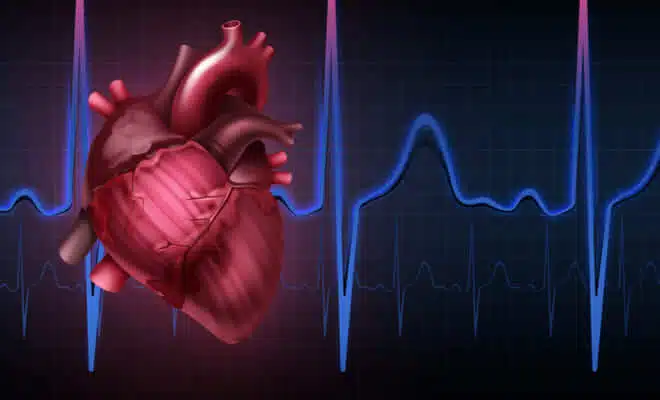
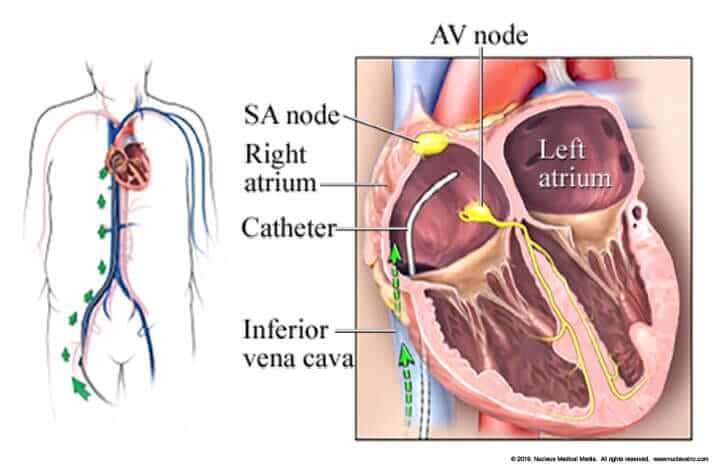
Heart arrhythmia can be dangerous as the heart cannot pump the blood properly and effectively so the brain, lungs and other organs of the body cannot work well and they may get damaged.
Symptoms of heart arrhythmia may include:
- Heart palpitations
- Fatigue
- Lightheadedness or dizziness
- Fainting
- Chest pain or compression
- Faint
- Sudden cardiac death (in severe cases)
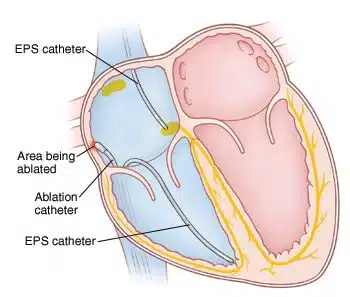
What is EPS ablation for heart arrhythmia?
EPS or electrophysiology study is a test of heart arrhythmia in which electrode catheters are inserted into veins and placed into the heart under the x-ray guidance. EPS aims to diagnose the specific problem of the arithmetic disease and its exact origin in the heart to determine the required treatments. The required treatments may include implantation of a pacemaker, performing catheter ablation or surgery. A cardiologist performs EPS ablation with nurses and technicians cooperation in operation room.
How is EPS ablation done?
First, an IV line is inserted in your arm so you can get anesthesia medicine through intravenous line. Then, the doctor makes a needle puncture into the blood vessel in your groin. Next, he/she inserts a tiny size tube device (sheath) into the vessel and gently guides a catheter (a long tube) into the vessel through it. There is a video screen that displays the catheter position.

